Guest post by thadeus_d3
Map tips: each color represents a different day. Click a marker to learn more about the spot, and click the star in the map header to save the entire map under Your Places in Google Maps.
Montenegro is my all time favorite country to date. If I had to describe it using the places I’ve visited, I’d say it has the weather and water of Greece, the architecture of Italy and the natural beauty of Hawaii (albeit smaller, rockier mountains). There daily cruise ships that dock at the port during the peak season (April – September). Given the tiny size of the town, I’d highly recommend visiting from October to March.
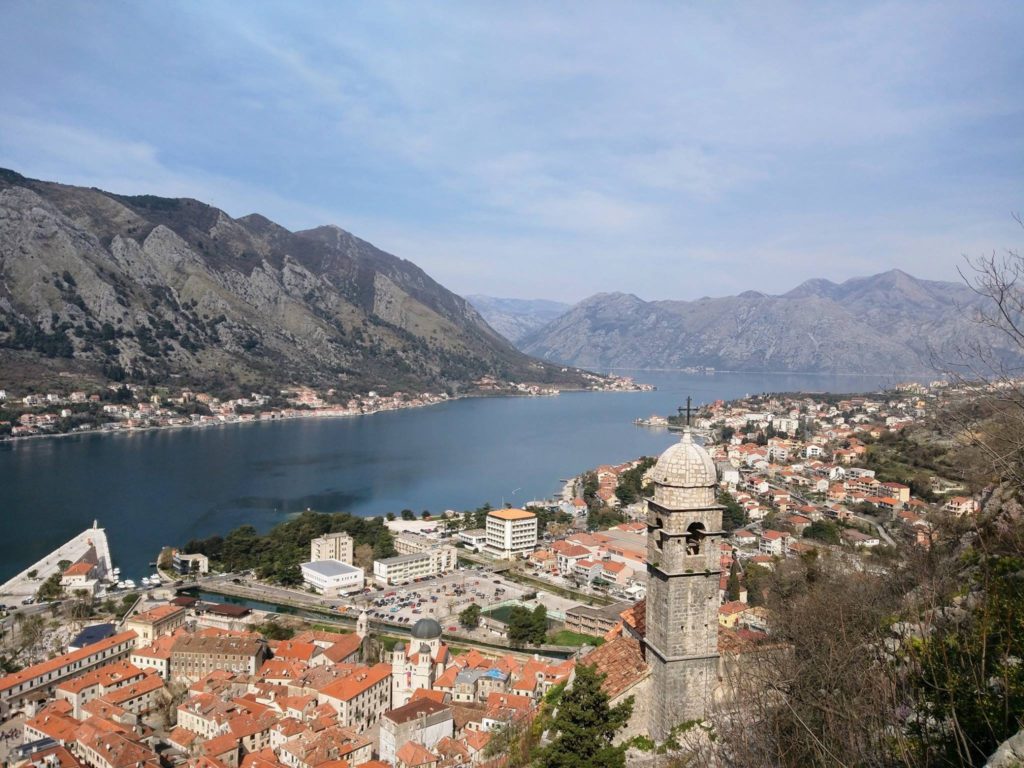
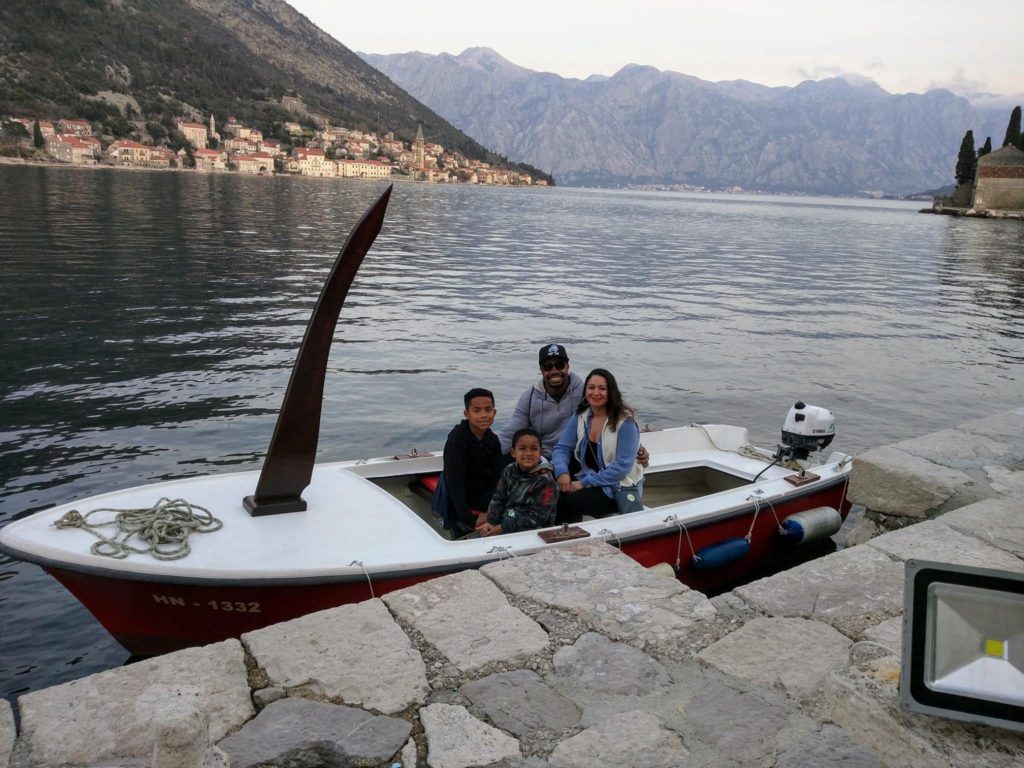
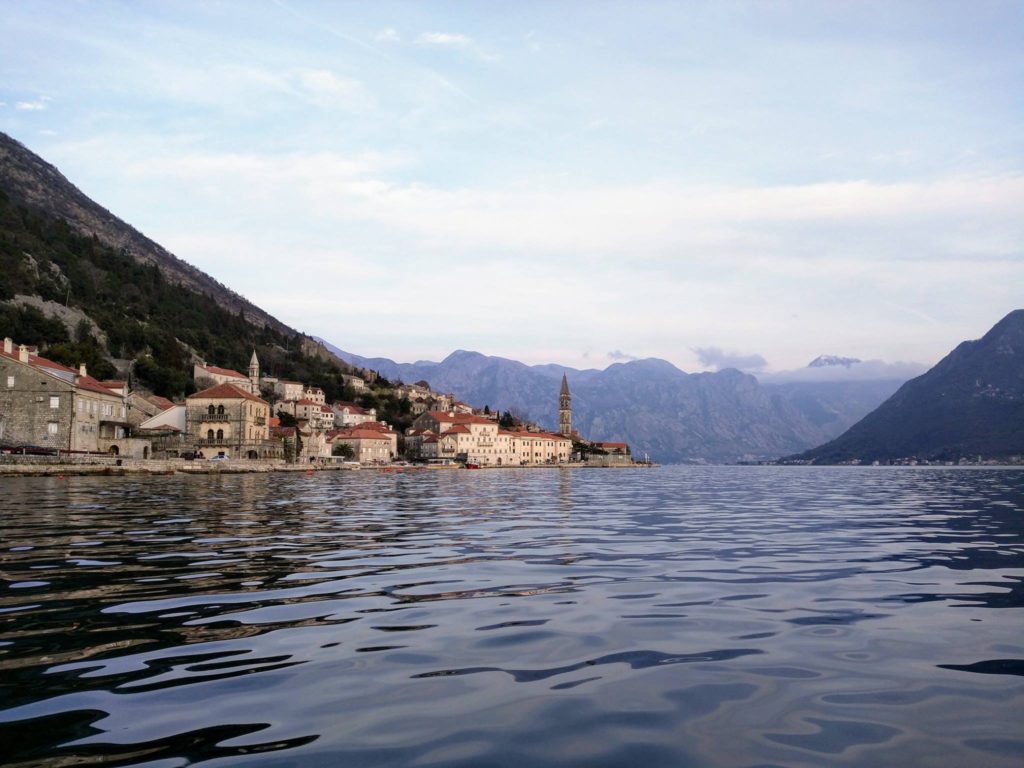
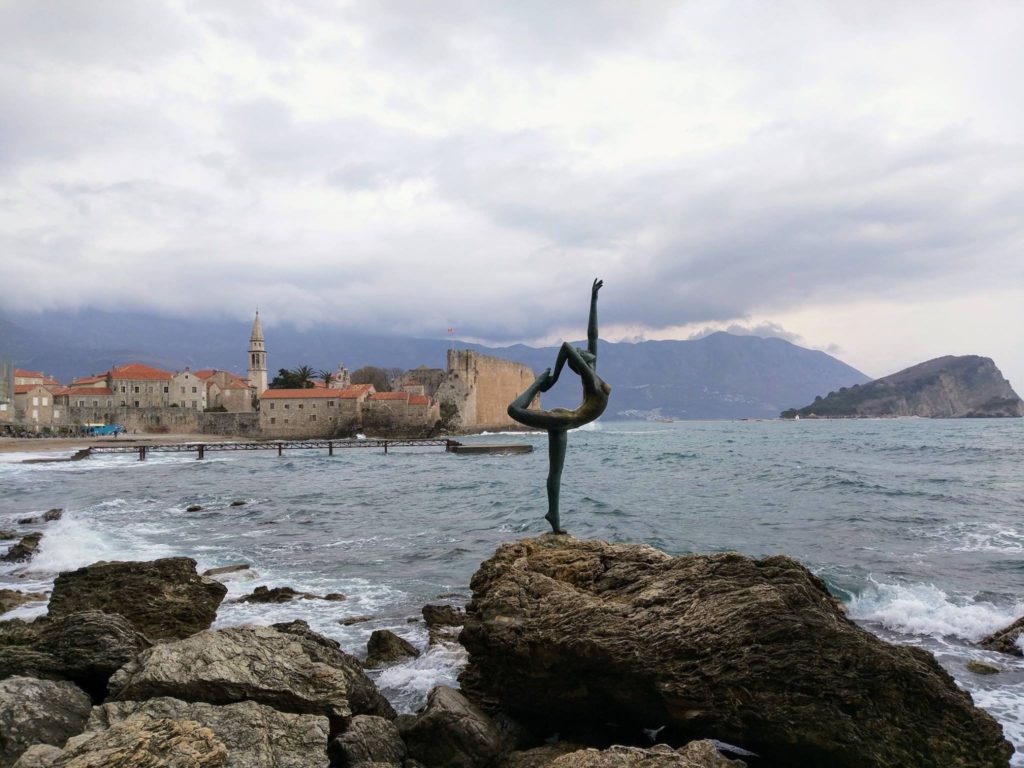
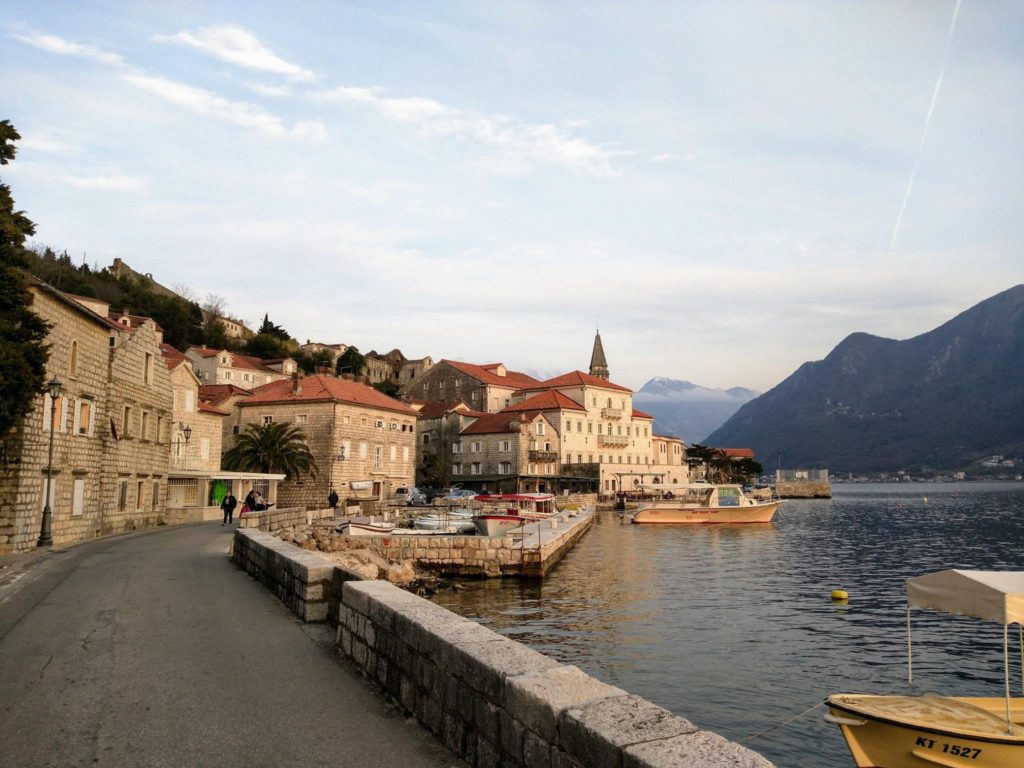
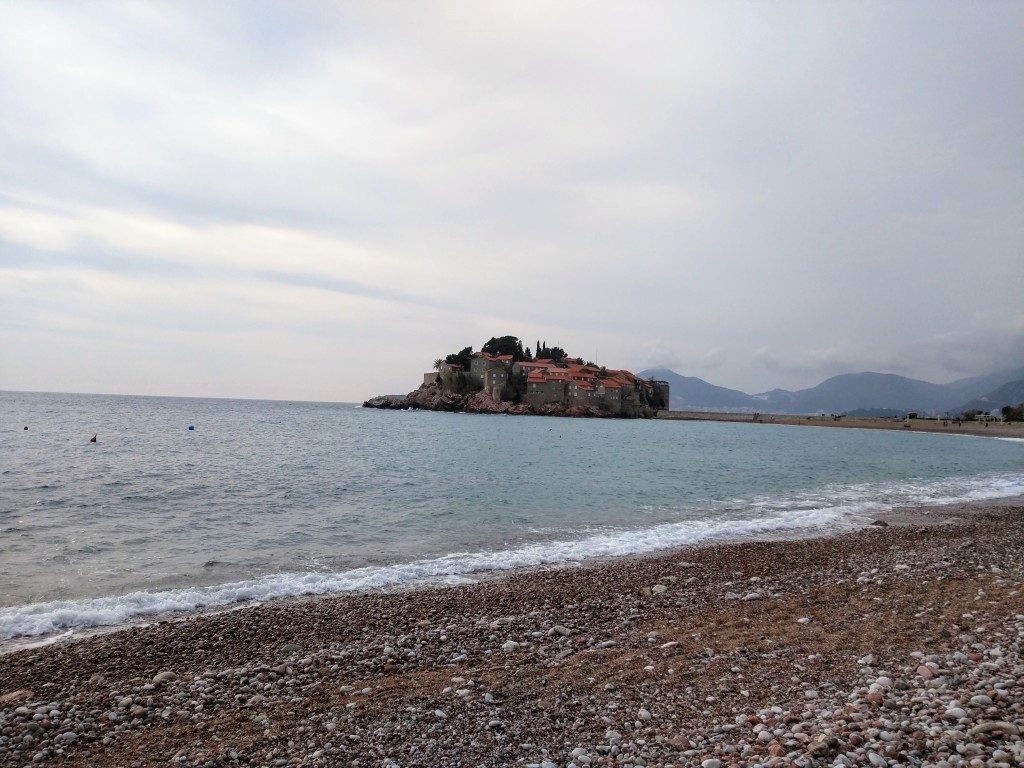
Day 1: Kotor, Montenegro
We stayed in an 800 year old apartment in the old town of Kotor. It’s a UNESCO world heritage site situated on a beautiful bay. We spent the first day exploring and getting lost in the narrow alleys. There are many sites in the old town, even though it’s relatively small. In the evening, we took a walk along the bay and found a park for the kids to play.
Day 2: Perast, Montenegro
- Kotor Fortress
- Perast
- Our Lady of the Rocks
After a long night’s rest, we made our way to the Kotor fortress around 9am. On the way up, there were very few people on the hike. The hike itself is 1350 steps and takes about 90 minutes (with several stops for pictures). The views are breathtaking and the hike is recommended. After the hike we decided to hit the road and visit Perast. Perast is a very small town that’s along the bay. The views here are also beautiful and we explored the town a bit and visited the beach to enjoy the view. A fisherman offered to take us to Our Lady of the Rocks for 5EUR each and we accepted. Unfortunately, the church was closed by the time we arrived, but we had the entire island to ourselves. The boat ride to our Lady of the Rocks is definitely one of the highlights of our trip.
Day 3: Budva and Sveti Stefan, Montenegro
Budva is larger coastal town, known for it’s beaches and nightlife during peak season. When we visited in March, it was very quiet and we felt like we had most of the old town to ourselves. We spent most of the day exploring and taking in the views. Near Mogren beach, you can find the famous ballet dancer statue. The history of this statue is disputed, but its location offers great views of the old town. Eventually, we made our way to Sveti Stefan. Sveti Stefan is a small islet and 5-star hotel resort. While you’ll need a hotel reservation to enter the islet, you can take photos of it from the nearby beach.
Day 4: Trebinje, Bosnia and Herzegovina
- Hercegovačka Gračanica
- Arslanagića Most
- Stari grad
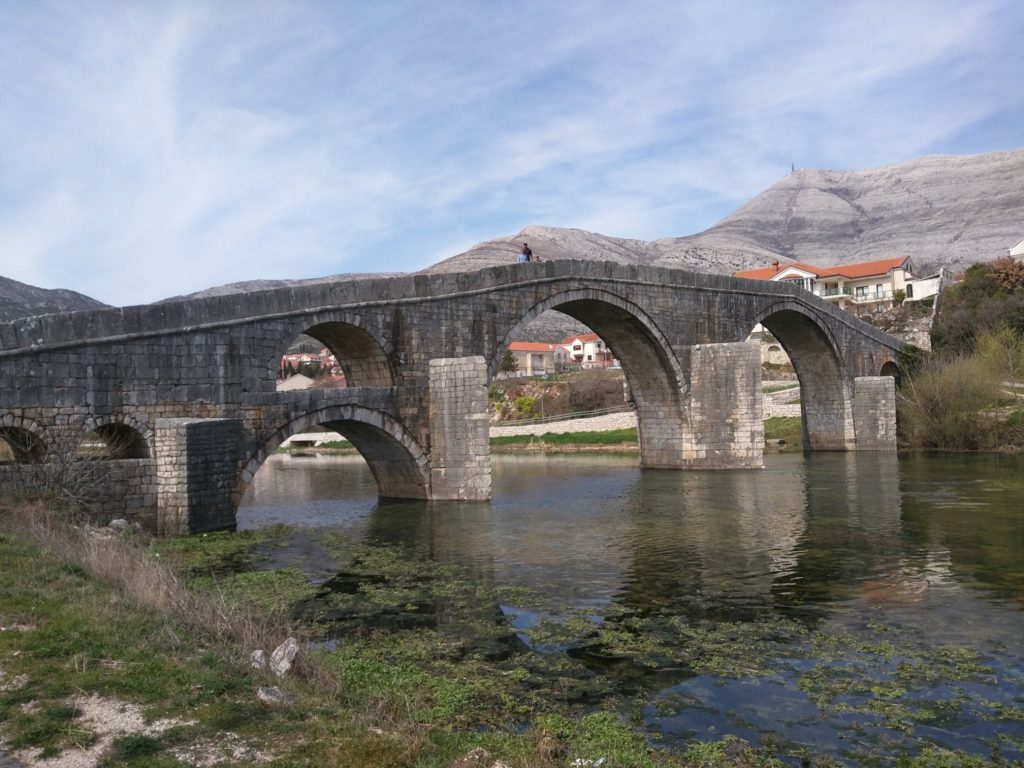
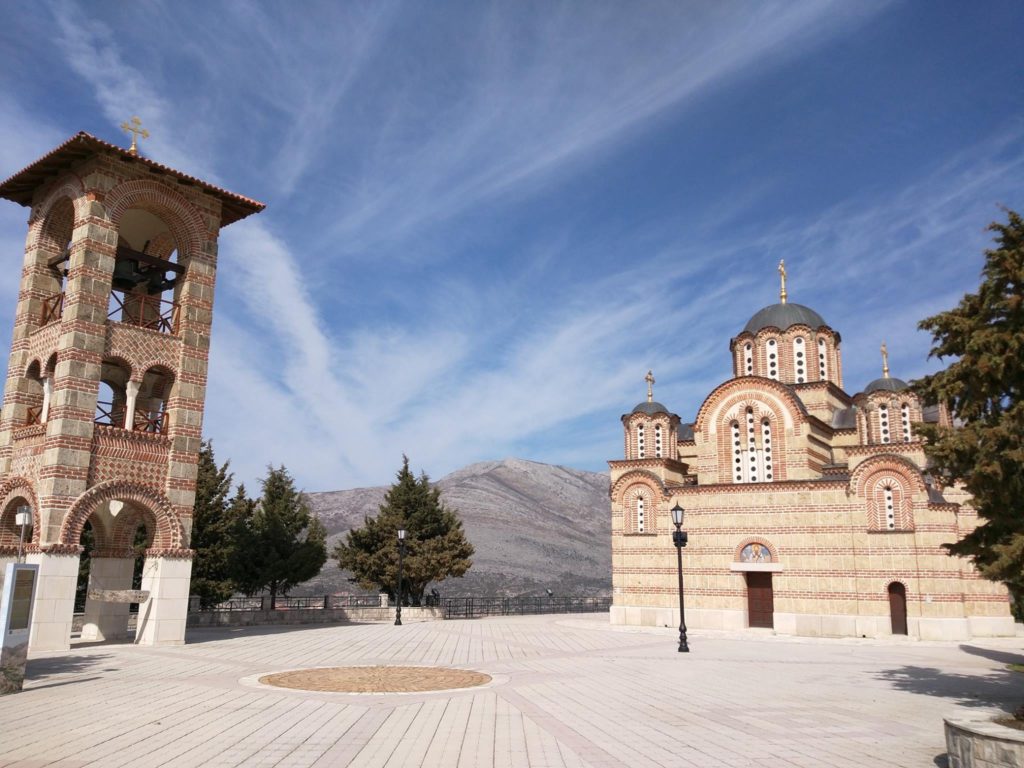
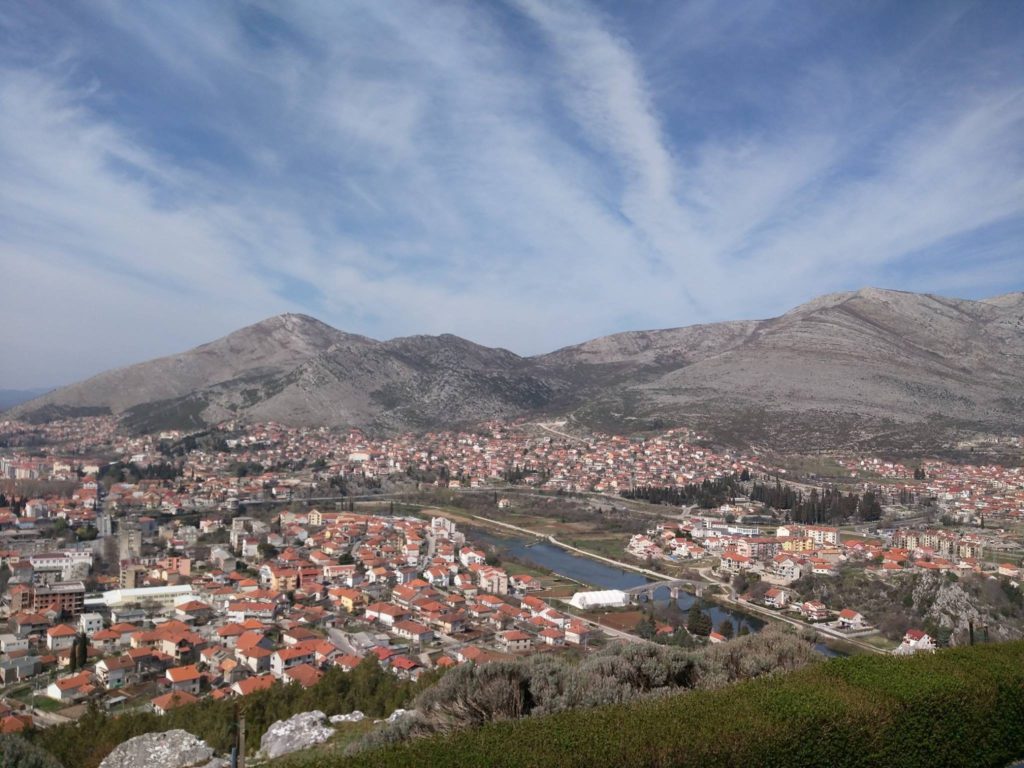
We made a quick stop in Trebinje, Bosnia and Herzegovina. The drive was stunning and Trebinje was beautiful. Trebinje is not frequented by tourists, so be prepared to get stared at…a lot. Folks even followed my family around in old town for a bit, which was extremely uncomfortable. Still, I’m very glad that we made the stop in BiH.
We started the day at Hercegovačka Gračanica, which is a newer church that is basically a replica of the famous Gracanica Church in Kosovo. The interior is very ornate and it’s definitely worth a visit. It’s set on top of a hill and offers great views of the mountains and Trebinje. We continued to Arslanagica Bridge, which was built in 1574 and is the unofficial symbol of Trebinje. We walked across the bridge and walked along the Trebišnjica river. Next, we visited the old town and explored a few hours.
Days 5 and 6: Dubrovnik, Croatia
Dubrovnik is a fortified city set on the Adriatic Sea. The old town is gorgeous, with whitewashed walls and beautifully restored buildings. The weather in mid-march was beautiful, with highs in the mid-70s. All of the attractions are within walking distance to one another and there are too many to list. I went to Google Maps and starred every point of interest. We did a nighttime walk around the city walls and in the old city on the first day. We spent the second day walking in the old city and watched sunset from outside of the walls.
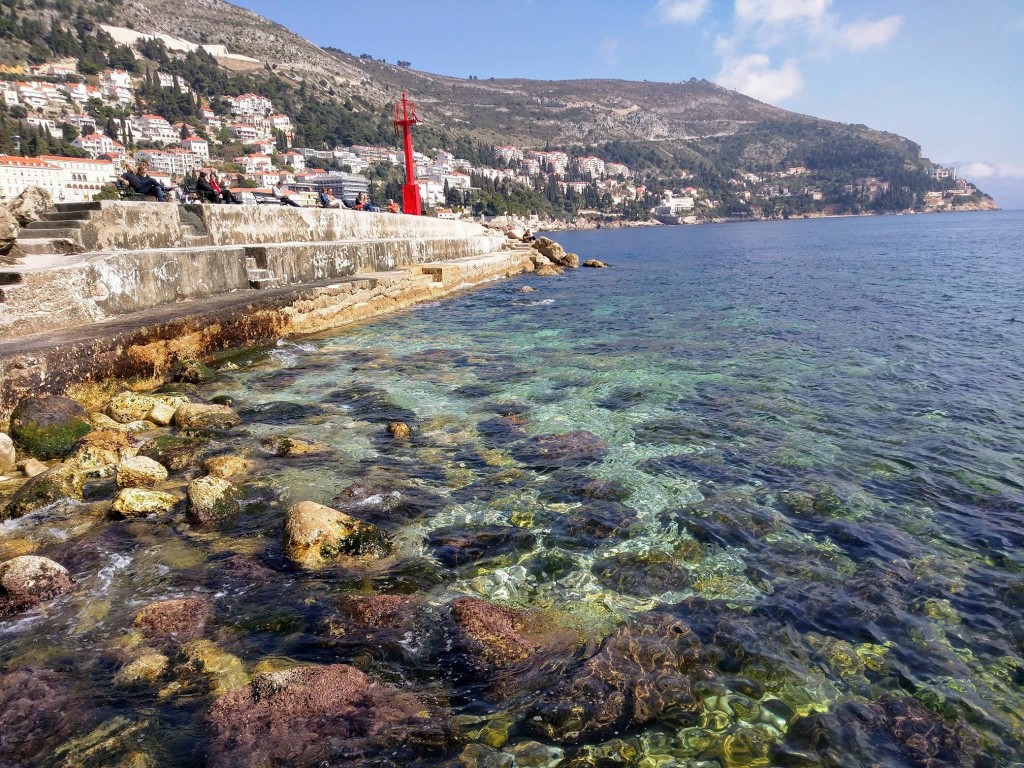
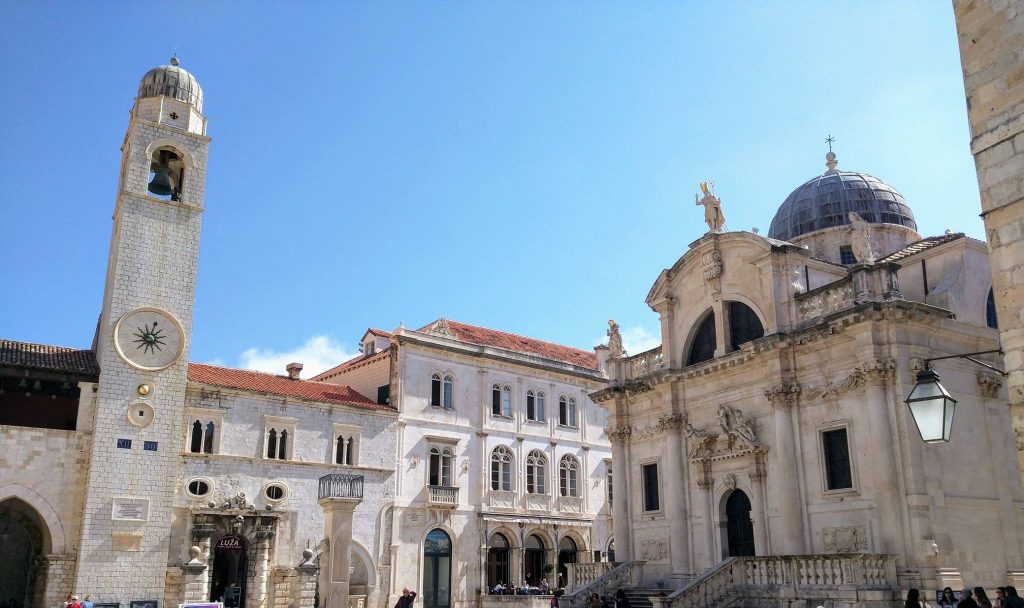
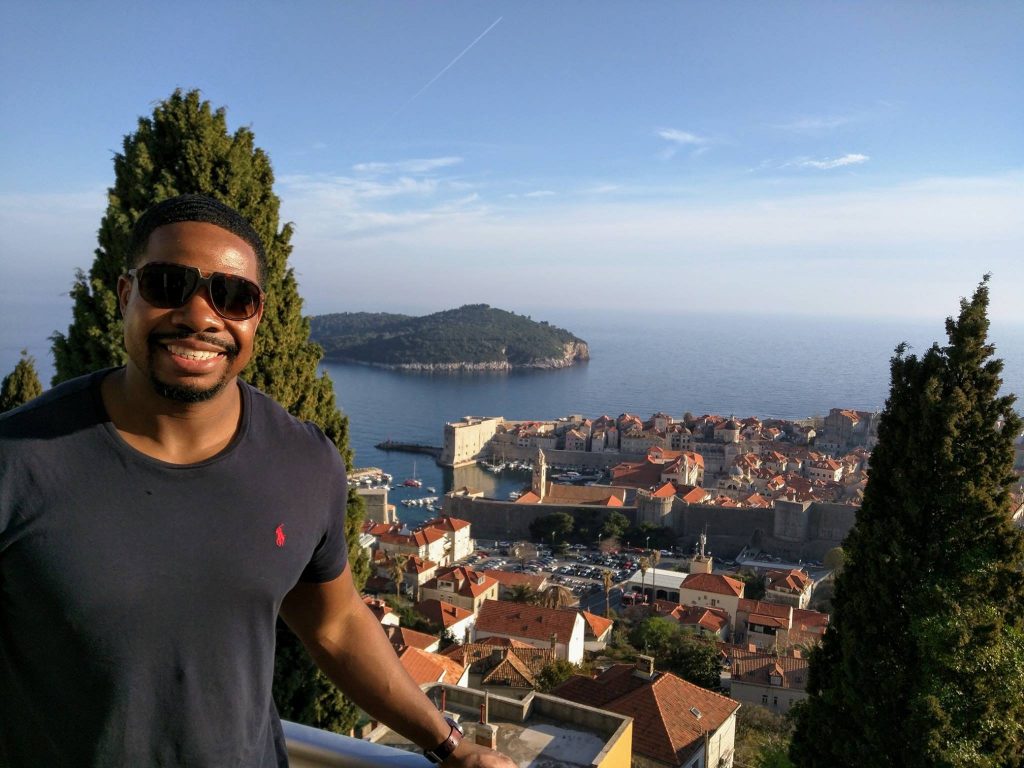
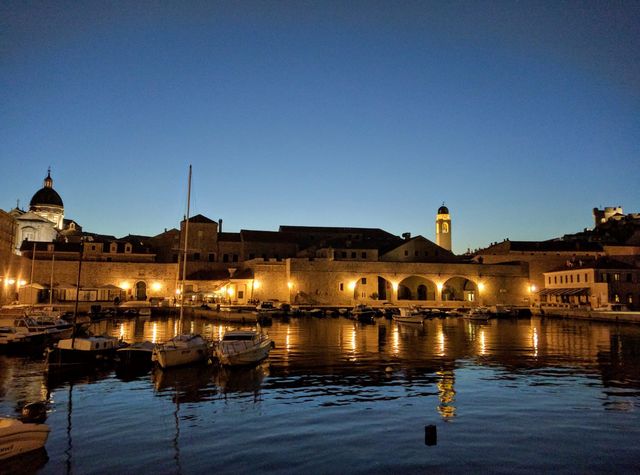
Compared to the rest of Croatia, it’s very expensive. Restaurants and shops accept multiple currencies and there are a ton of ATMs and currency exchange shops within the walls. I’d recommend spending 2-3 days in Dubrovnik.
Traveled to the Balkans in March 2017

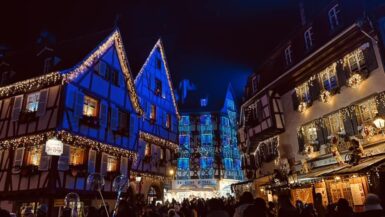
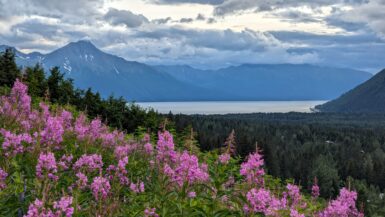
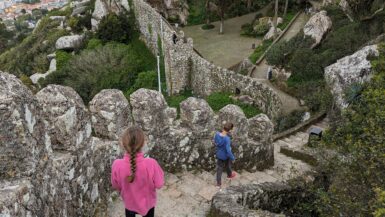
Leave a reply